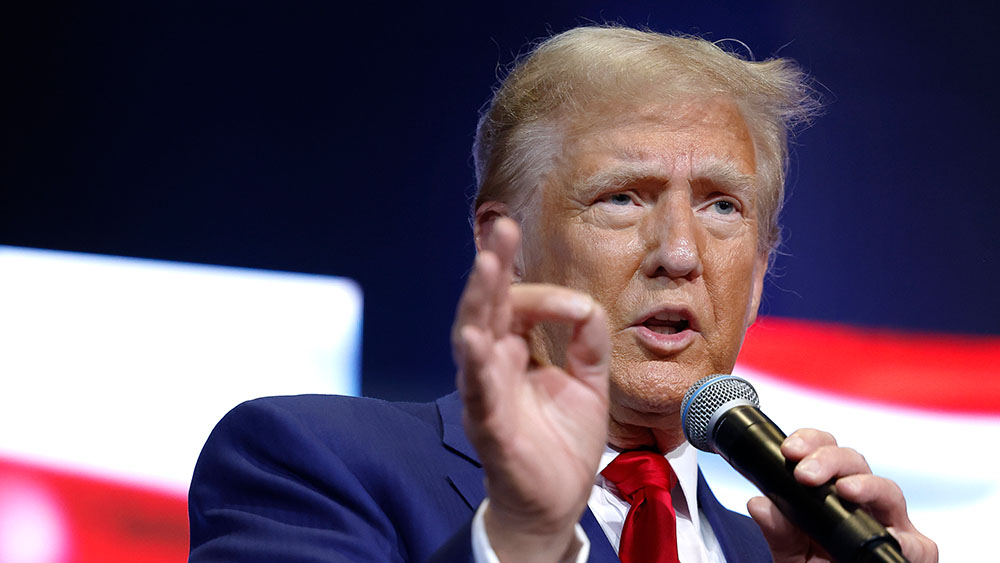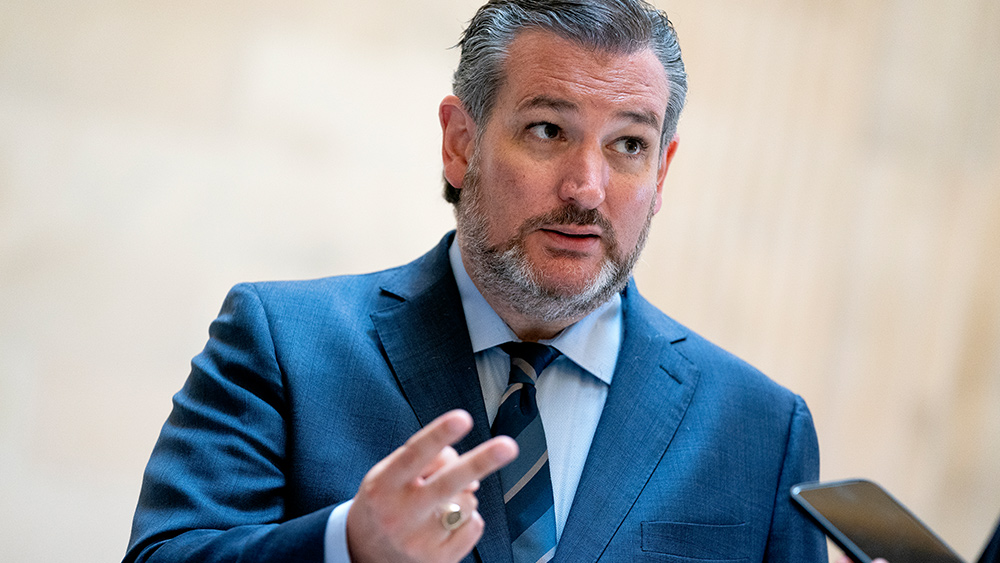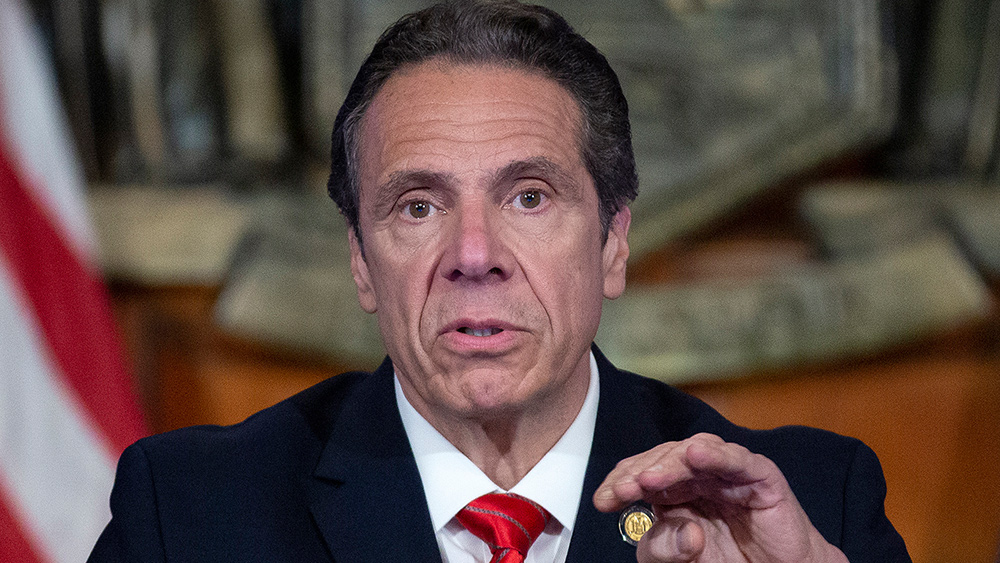 Parler
Parler Gab
Gab
- President Donald Trump announced a historic $1 trillion defense budget – the largest in U.S. history – aimed at countering threats from China and Russia, dwarfing the current $895 billion allocation.
- While Defense Secretary Pete Hegseth touted the budget's focus on "lethality and readiness," the Department of Defense faces criticism for failing seven consecutive audits, including $150 billion in unaccounted spending in 2023.
- The budget surge coincides with aggressive austerity measures, including Pentagon plans to cut 60,000 civilian jobs and Elon Musk's DOGE eliminating 280,000 federal roles, raising questions about fiscal discipline.
- The U.S. already outspends Russia and NATO allies combined, but analysts warn that budget size alone won't ensure superiority amid cyberwarfare and AI threats. Trump's $256 billion NATO spending target remains unmet.
- Congressional disputes over interim increases ($150 billion) and unclear budget scope (Pentagon-only or broader security) complicate passage. Critics argue the proposal risks repeating Cold War-era spending without addressing systemic inefficiencies. This captures the key themes of spending, scrutiny, global context, political hurdles and strategic risks.
NATO spending goals and global comparisons
Even a $1 trillion budget falls short of Trump's demand that NATO allies allocate $256 billion, while Russia's is $157 billion. The U.S. outspends both nations combined by nearly threefold. Yet analysts like Baranetz, cited in South Front, warn that budget size alone doesn't guarantee battlefield superiority. Modernization delays, bureaucratic bloat and evolving threats from cyberwarfare and AI-driven combat challenge the Pentagon's ability to maintain dominance.Congressional and fiscal roadblocks
Republicans in Congress are separately pushing an interim defense increase of up to $150 billion, though disagreements linger between House and Senate proposals. Meanwhile, the White House has not clarified whether the $1 trillion figure applies solely to the Pentagon or includes broader national security programs. The timing of the announcement – months before the formal budget rollout – has also raised eyebrows. "Their comments came as a surprise since the rollout of the federal budget isn't expected until late May," noted one defense analyst.Historical context: From Reagan to today
The proposal echoes Cold War-era military buildups, particularly under President Ronald Reagan, who prioritized defense spending to counter the Soviet Union. Today's focus on China and Russia reflects a return to great-power competition, yet with far higher price tags and complex technological stakes. Trump's emphasis on military strength aligns with his 2016 campaign promises to "rebuild" the armed forces, citing the Obama administration's purported neglect. Early in his term, he signed a budget with significant Pentagon increases, calling it vital to rehabilitate a "badly worn" military.A high-stakes gamble
The $1 trillion proposal signals an aggressive bet on U.S. military primacy at a time of fiscal constraints and audit failures. While supporters hail it as necessary to deter adversaries, skeptics question whether sheer spending can address systemic inefficiencies or emerging threats. As debates unfold in Congress, the budget's final form – and its impact on national security – will hinge on balancing lethality with accountability in an unpredictable world. Head over to Trump.news for stories related to his fiscal and government spending policies. Watch the video below where Trump announces the upgrades on air defense. This video is from the NewsClips channel on Brighteon.com.More related stories:
Defense stocks tumble after Trump proposes military spending cuts, while European defense firms surge. Germany rejects Trump's call for increased military spending. No new wars: Trump to CUT military spending, work with Russia and China on denuclearization.Sources include:
RT.com Newsweek.com X.com Brighteon.comCOMEX under fire: Is a silver short-squeeze imminent as markets brace for ‘Rule 589’ chaos?
By Finn Heartley // Share
Ukraine wants 30,000 conscripts MONTHLY to continue its senseless war with Russia
By Ramon Tomey // Share
Federal appeals court authorizes DOGE access to Education, Treasury and OPM records
By Laura Harris // Share
Maine sues USDA over withheld funds in transgender athlete dispute
By Laura Harris // Share
TAKE IT DOWN Act advances in Congress amid free speech concerns
By Willow Tohi // Share
COMEX under fire: Is a silver short-squeeze imminent as markets brace for ‘Rule 589’ chaos?
By finnheartley // Share
Trump’s tariff policies trigger global economic decoupling: Health Ranger warns of U.S. collapse
By finnheartley // Share










